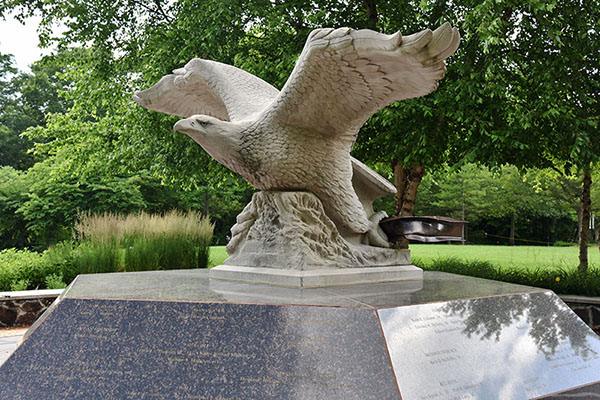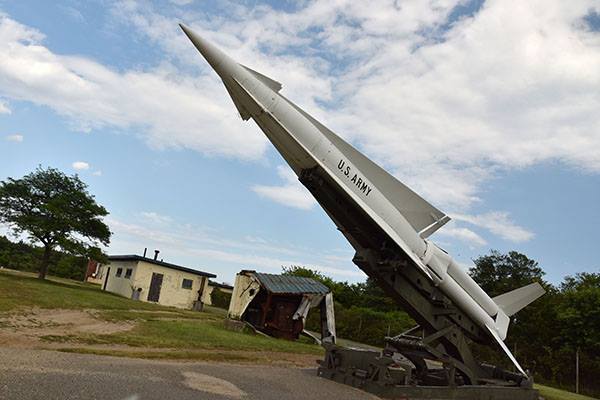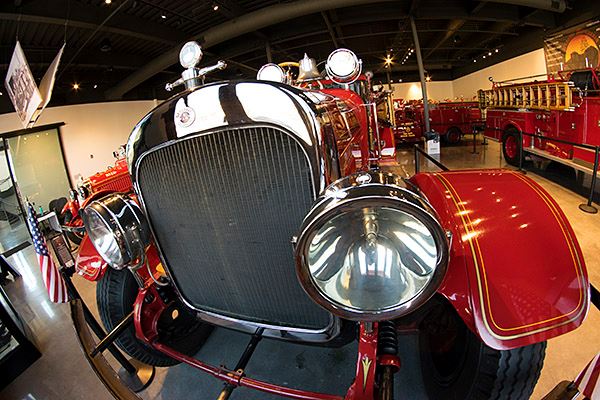
The story goes something like this: William Batterman Ruger (we all knew him as Bill) was a government engineer in the late 1940s who had a good idea for an inexpensive semi-automatic .22 handgun. Ruger’s design featured a grip frame constructed of two steel stampings (left and right sides) welded together, a tubular receiver, and a reciprocating bolt. Most folks think it looks like a Luger (the famed German semi-auto handgun of both world wars), and the name Ruger sounds a lot like Luger, but the new Ruger operation was nothing like the old P-08 Luger. Ruger’s new semi-auto was actually based on the World War II Japanese Nambu pistol. It’s where the idea of a simple back-and-forth bolt in a tubular receiver came from.

Ruger left the government, hung out a shingle on a barn in Connecticut, and built 2500 of the things in 1949. They cost under $40 and they sold quickly. Ruger tweaked the design a bit and called the updated version the Mk I, and that version remained in production from 1950 to 1981 in both fixed-sight and adjustable-sight versions. The new Ruger was wildly popular, and for good reason: It was accurate, it was well built, it was nicely finished, and it was inexpensive. In 1976, every gun Ruger produced had a cool roll stamp: Made in the 200th Year of American Liberty. 1976 was the year I came back from an overseas US Army stint, and I started collecting Rugers with the 200th year stamp. One is the Ruger you see here.

I picked up the Ruger you see here in the early 1980s, used, for $125 from a small gun shop in Pomona, California. The gun shop is no longer there, and it’s been so long I can’t even remember the name of the place now. You don’t see many small gun shops anywhere in the US anymore (the regulatory hurdles are just too burdensome for most small businesses) and these days, you don’t see too many gun shops of any size in California. Some think that’s a good thing. As you’ve no doubt guessed, I’m not one of those people.
This old Ruger is one of my all-time favorite guns, and I was out on the range with it yesterday. It’s fun to shoot. It was windy as hell out there (so much so, that ultimately the wind peeled the cardboard target board completely off the posts it was nailed to), but I managed to squirt through four boxes of ammo first (that’s 200 rounds). Even with winds gusting somewhere north of 50mph, this 40+ year old beauty (the handgun, not me)gave a good accounting of what a well-built American pistol can do.

The Ruger 22 semi-auto is now in its fifth design iteration. There were the originals (the first 2500 referenced above). The Mark I followed. Then the Mark II in 1981. The Mark II had the bolt stay open after firing the last round (on mine, it closes on an empty chamber, so you have to keep track of how many shots you’ve fired). The Mark III arrived in 2004, and it featured a magazine release on the side of the grip frame, unlike the prior models’ latch release on the grip bottom (the Mark III’s mag release was more like a 1911’s). Ruger introduced the Mark IV a couple of years ago, and its claim to fame was a tilt-up receiver that made disassembly and reassembly a lot easier. Disassembly has always been easy on these guns; it’s the reassembly part that some folks find challenging.

I love my Ruger. That said, I really wanted a Mark IV when I found out a limited number were available with Turnbull’s color case hardening (which is a beautiful thing to behold). But alas, the Ruger Mark IV is not on the California list of approved handguns. Like I’ve said many times before, we have our share of nutty gun laws here in the Peoples’ Republik, eclipsed only by our healthy dose of nutty politicians.

There are some collectors who focus exclusively on Ruger’s extensive array of .22 auto handguns. Lord knows there’s been a bunch of them, from the original through the Mark IV, in blued steel and stainless steel, some with plastic frames, different barrel lengths, bull barrels and tapered barrels, fixed sights, adjustable sights, one with a 1911-style grip frame, and many more. My fixed-sight 200th Year Ruger, the one you see in this blog, is one of the simpler ones and it has served me well. I’ve put a ton of .22 ammo through it in the last 40 years, and I aim to send another ton downrange over the next 40 years.

Do us a solid: Please click on the popup ads!
Here’s why you should click on those popup ads!
Want to read more Tales of the Gun? Just click here!


























































 That’s it for now, with just one teaser photo from an upcoming blog.
That’s it for now, with just one teaser photo from an upcoming blog.





